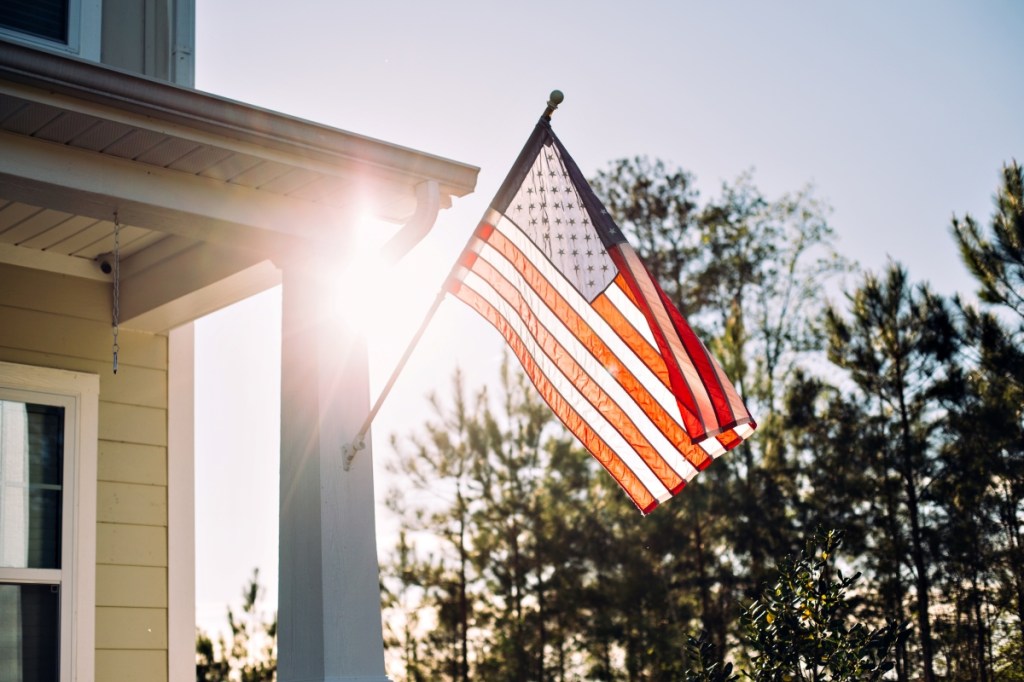The U.S. Treasury Department has issued new guidance empowering state, local and tribal governments to direct more of the funding appropriated under the American Rescue Plan Act of 2021 toward affordable-housing investments.
The $350 billion American Rescue Plan (ARP) includes a range of aid focused on reducing hardships that individuals, businesses and communities face due to the COVID-19 pandemic. The Treasury Department’s new guidance is focused on the ARP’s flexible funding — called the State and Local Fiscal Recovery Funds (SLFRF) program.
The new rule guidance is designed to expand the supply of affordable housing by making it easier to develop, repair or operate affordable housing.
Some 600 state and local governments have already appropriated nearly $13 billion in SLFRF funds through the first quarter of this year for housing expansion and lowering housing costs, including $4.2 billion for affordable-housing development and preservation. The new guidance from Treasury builds on the existing SLFRF-backed efforts by expanding the scope of eligible affordable-housing projects and enhancing the flexibility of directing funding toward those projects.
“Increasing the nation’s housing supply is essential to lowering shelter costs over the long-term,” said Deputy Secretary of the Treasury Wally Adeyemo. “Treasury continues to strongly encourage state and local governments to dedicate a portion of the historic funding available through President Biden’s American Rescue Plan toward building and rehabilitating affordable housing in their communities, and the actions being announced today will make it even easier for them to do so.”
The new Treasury guidance will increase the flexibility of using SLFRF program to fund long-term affordable-housing project loans, “including those that would be eligible for additional assistance under Treasury’s Low Income Housing Tax Credit,” Treasury’s announcement of the rule changes states.
The new guidance also expands the range of presumptive uses for SLFRF-supported projects — offering state, local and tribal governments greater flexibility to leverage other sources of federal funding for affordable-housing efforts. Previously, the funding rules limited presumptive use of SLFRF funds to two programs sponsored by the Department of Housing and Urban Development.
“In addition, Treasury is updating guidance to clarify that SLFRF funds may be used to finance the development, repair, or operation of any affordable rental housing unit that provides long-term affordability of 20 years or more to households at or below 65% of the local area median income,” the announcement of the new guidance by Treasury states.
Marvin Owens, chief engagement officer at Impact Shares and former NAACP senior director, said the lack of affordable housing affects people across the board — particularly when interest rates are rising as they are now. “But it hits and impacts people of color — Black, Latino and low-income families — even harder because of the broader economic conditions that they have to deal with,” Owens said.
“I think the Treasury Department’s decision to leverage an existing program to be able to begin to address this is something that that I celebrate, because it’s been something that housing advocates have been asking for some time,” he added. “It’s a good example of the federal government listening and understanding and hearing from folks who are on the ground, who are seeing what’s happening and bringing new insight to the conversation.”
Impact Shares is a nonprofit investment firm that manages socially responsible exchange-traded funds (ETFs), including the Impact Shares Affordable Housing MBS ETF (NYSE: OWNS) launched in in 2021. It is an ETF focused on purchasing agency mortgage-backed securities that are secured by “pools of mortgage loans made to minority families, low- and moderate-income families, and/or families that live in persistent poverty areas,” according to Impact Shares’ website.
“When you are able to create more avenues for affordability, you then open the door to access, and access is really the big key,” Owens said. “We can’t close the racial-wealth gap and [expand] homeownership without access. And I think that’s why this program really makes a lot of sense because it will help to close that gap.”
Owens said expanding affordable housing opens the door for more mom-and-pop minority ownership of rental properties, which helps to build intergenerational wealth. It also allows more people of color to build solid credit credentials as renters to bolster their chances of qualifying for homeownership — and to save for down-payment necessary to purchase a home. Today, the gap in homeownership rates between Black and white families, for example, is greater than when it was still legal to not sell a home to someone because of skin color — a discriminatory act made illegal by the 1968 Fair Housing Act.
In 1960, a 27-point gap existed between black and white homeownership. As of the first quarter of this year, according to data from the Federal Reserve Bank of St. Louis, that gap is 29.3 points — with the white homeownership rate at 74%; the African American homeownership rate at 44.7% and the Latino homeownership rate at 49.1%.*
“With housing construction slowing amidst inflationary pressures, economic uncertainty and higher interest rates, both public- and private-sector financing will be necessary to create the supply of affordable rental housing that is needed to help ease costs for families, especially minorities and those with low and moderate incomes,” said Bob Broeksmit, president and CEO of the Mortgage Bankers Association.





